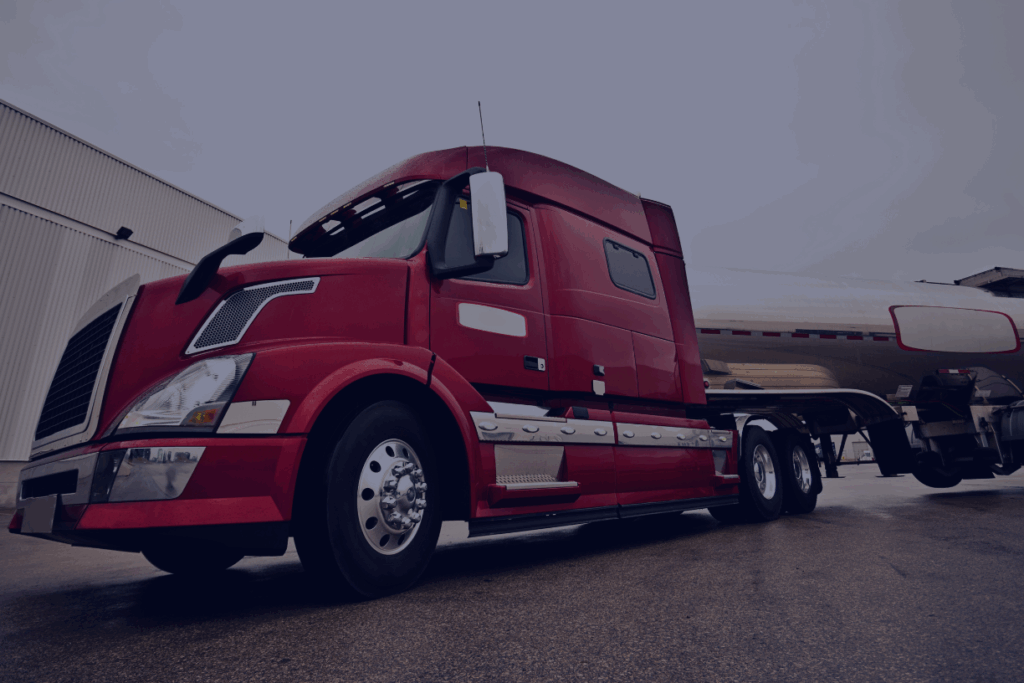Launching a trucking business is equal parts hustle and math. The trucks and loads are visible—the money flows and costs are not. This guide gives first-time owners a simple, practical framework for managing budget, cash flow, pricing, and records so you stay solvent while you scale.
1) Build your startup & monthly budget
Break costs into fixed and variable:
- Fixed: truck payments/lease, insurance, permits, ELD, parking, office tools
- Variable: fuel, maintenance, tires, tolls, lumper, factoring fees, driver pay
- Owner pay & taxes: budget them; don’t hope they’re “left over.”
Create a one-page budget and review it monthly. Your goal: a target cost per mile to compare against the loads you accept.
2) Price loads with the real cost per mile
RPM on a load board lies if you ignore:
- Deadhead miles
- Fuel after discounts (via your Fuel Card)
- Time cost (detention, dwell)
- Backhaul assumptions
Track your rolling all-in CPM (fixed + variable / total miles). Only accept loads that leave a margin after that number—especially in your first 90 days.
3) Master cash flow: shorten the load-to-cash cycle
Even “good” brokers pay in 30–45 days. Use factoring early to turn invoices into same-day or next-day cash so you can keep running:
- Capture clean documents in the Mobile App.
- Submit in the Client Portal.
- Choose Digital Wallet to access funds instantly and push what you need to your Fuel Card.
This turns cash flow from a crisis into a routine.
4) Bookkeeping that won’t bury you
- Weekly: upload receipts, reconcile fuel and maintenance, check invoice statuses.
- Monthly: P&L review, balance sheet glance (assets, debt), sales tax/IFTA prep.
- Quarterly: estimated taxes, maintenance reserve check-in, debt pay-down plan.
Use one source of truth—your factoring portal + accounting software—so numbers match.
5) Reserves: the difference between a hiccup and a shutdown
Target one to two weeks of operating expenses. Build it slowly: skim 2–5% of weekly revenue into a reserve account. Big repairs still sting, but they won’t strand you.
6) Insurance, compliance, and risk
Don’t let renewals surprise you. Put dates on a simple calendar: insurance, permits, plates, ELD. Review coverages quarterly; a cheaper policy with poor downtime coverage can cost more than it saves.
7) Driver pay and retention (even if it’s just you now)
If you add drivers, pick a pay model that matches your cash flow (per mile with clear accessorials, or percentage with transparent rate cons). Pay on time—use your wallet to avoid banking delays and keep morale high.
8) Five numbers to watch every week
- All-in CPM vs. Average RPM
- Miles with a load vs. deadhead %
- Fuel CPM (after discounts)
- Days-to-cash (from delivery to usable funds)
- Invoice rejection rate (strive for near-zero with better documents)
If these five trend the right way, profit follows.
9) A simple 90-day plan for new owners
Days 1–30: set up banking, the Client Portal, Mobile App, Digital Wallet, and Fuel Card. Build your invoice checklist and pricing calculator.
Days 31–60: run only for brokers that pass credit; measure CPM vs. RPM weekly; tune fuel stops to your network.
Days 61–90: build reserves, review your factoring terms for a step-down in rate, and map a maintenance schedule before peak season.
10) When to ask for help
Bring in a pro (accountant or consultant) if: you’re confused by IFTA, you’re missing tax deadlines, or your CPM is rising while RPM falls. The cost of an hour with an expert is usually lower than one bad month.
Bottom line: Trucking finance is about systems—a repeatable way to price loads, move money quickly, and track what matters. Get those pieces right and growth becomes a decision, not a gamble.
Want tools that make the money side simple? Start with the Client Portal, Mobile App, Digital Wallet, and Fuel Card—then get started for a custom factoring quote.

